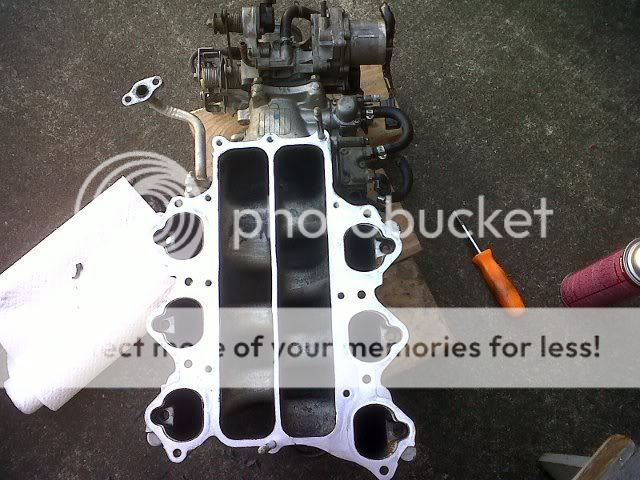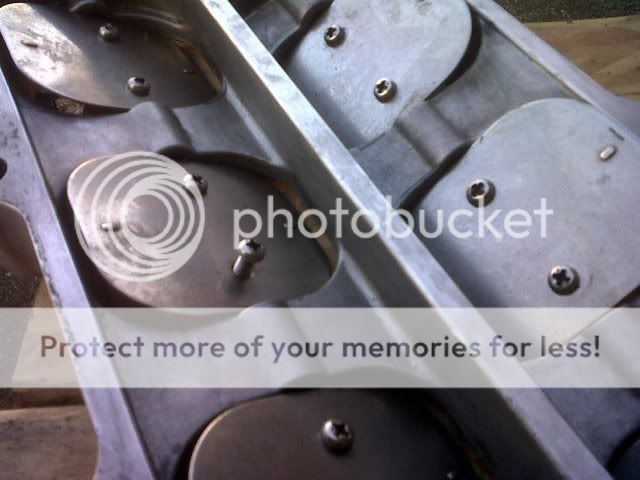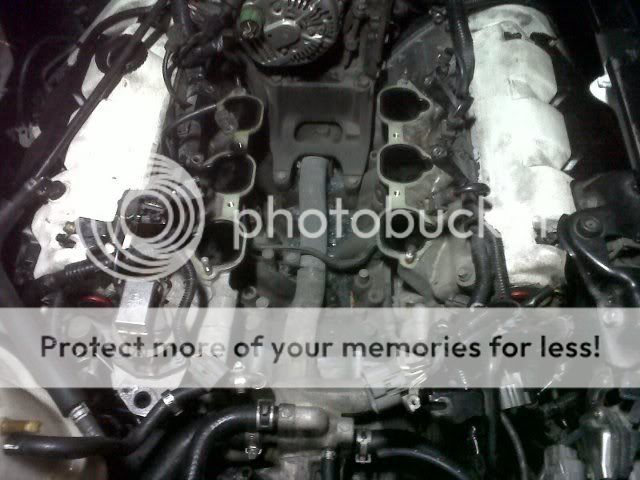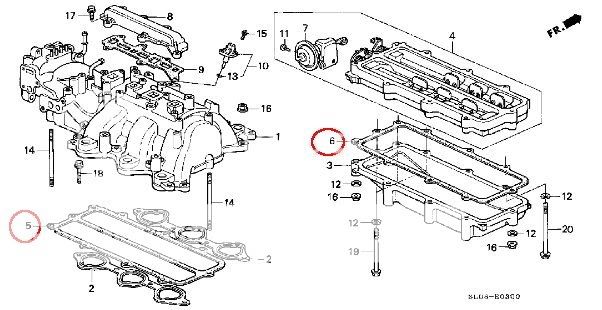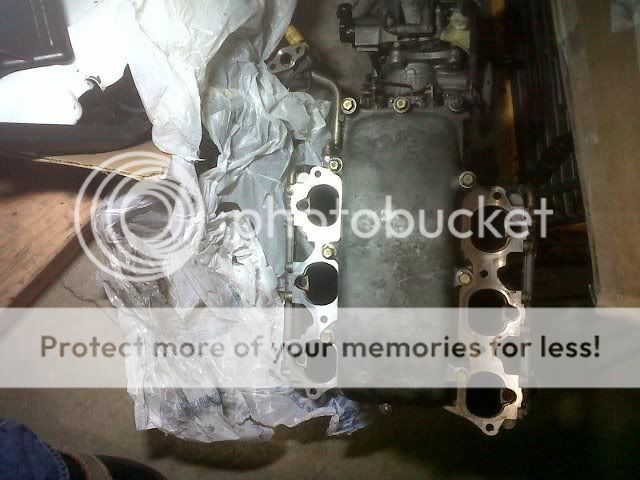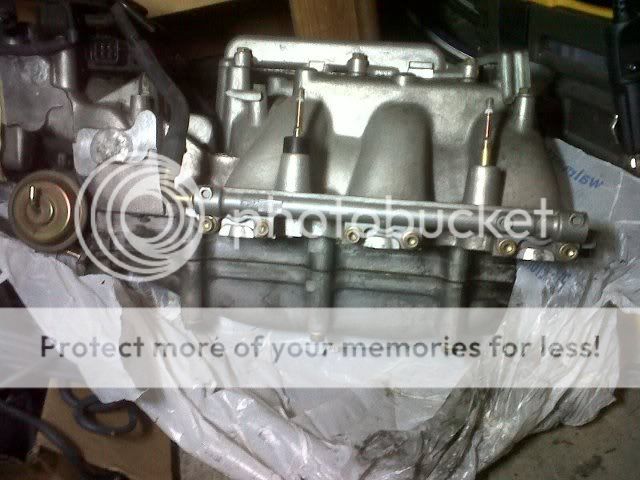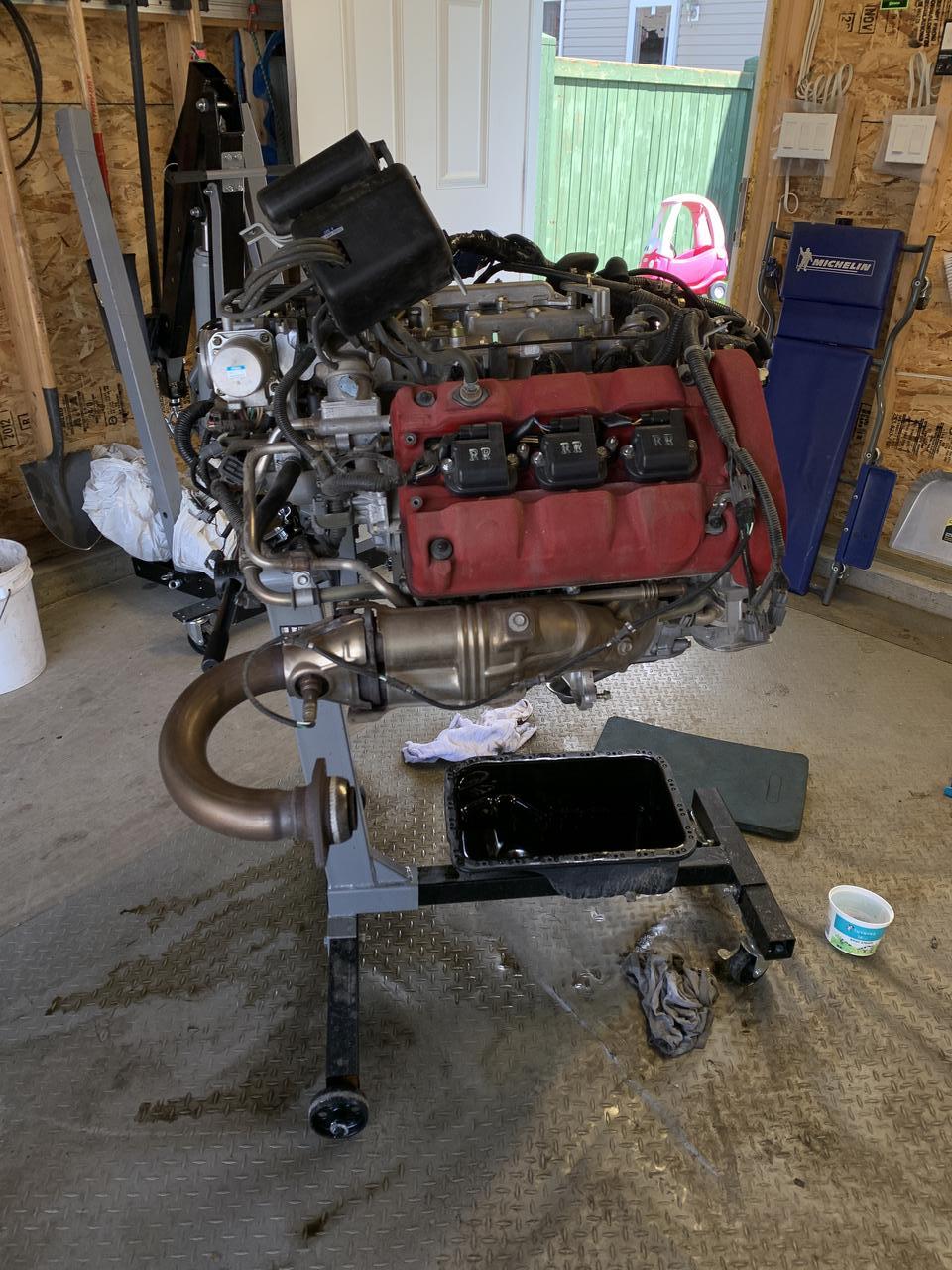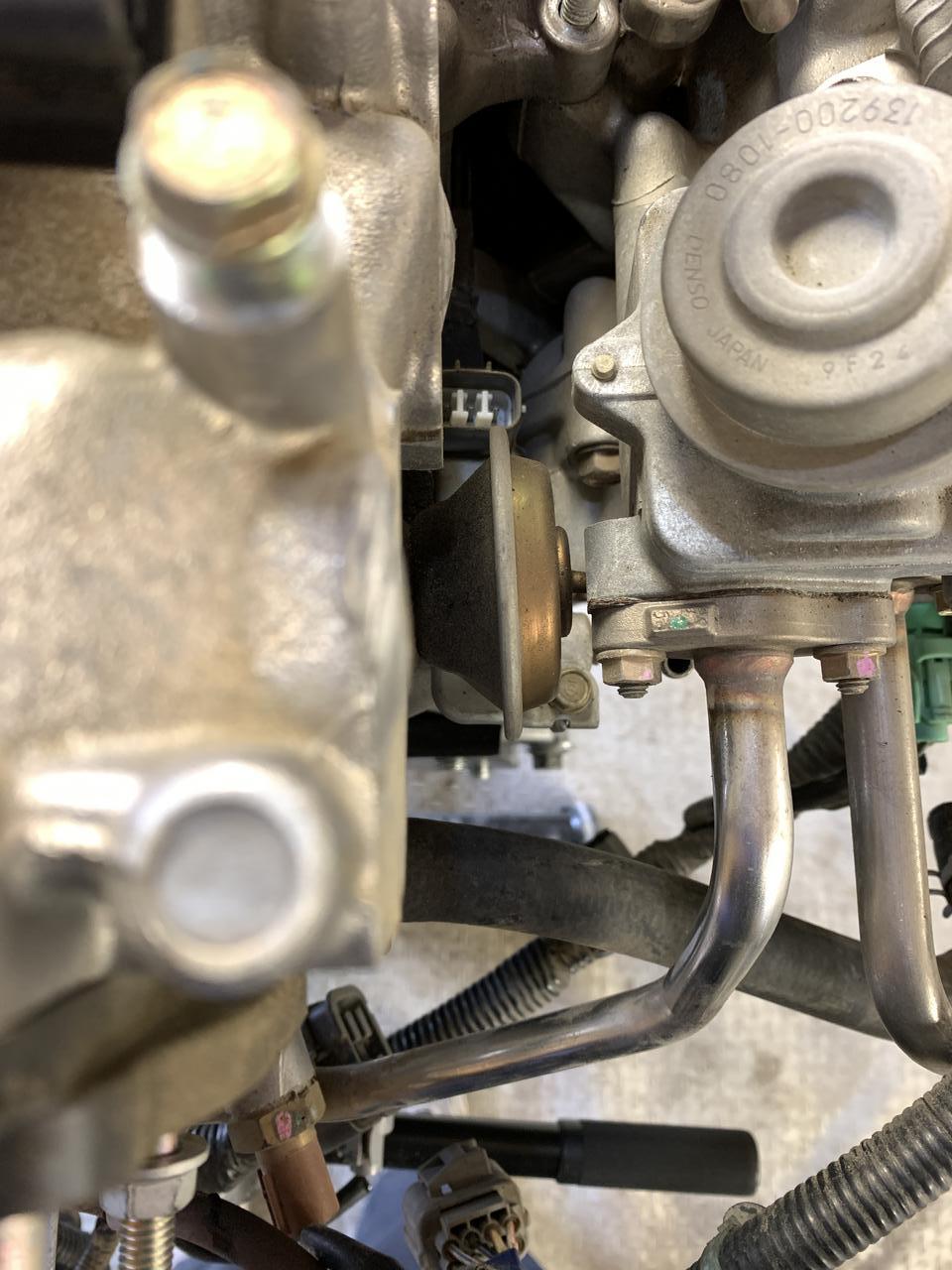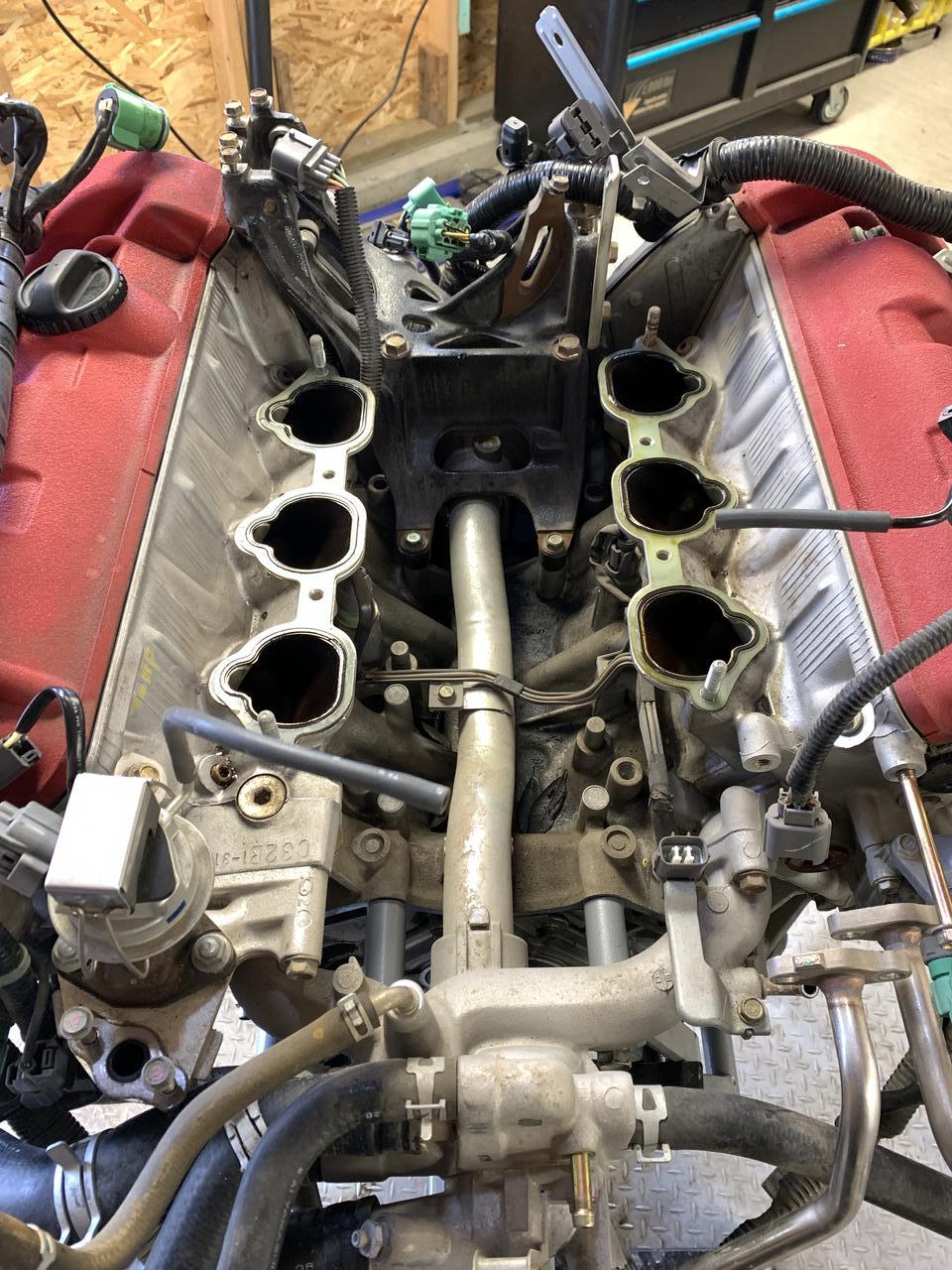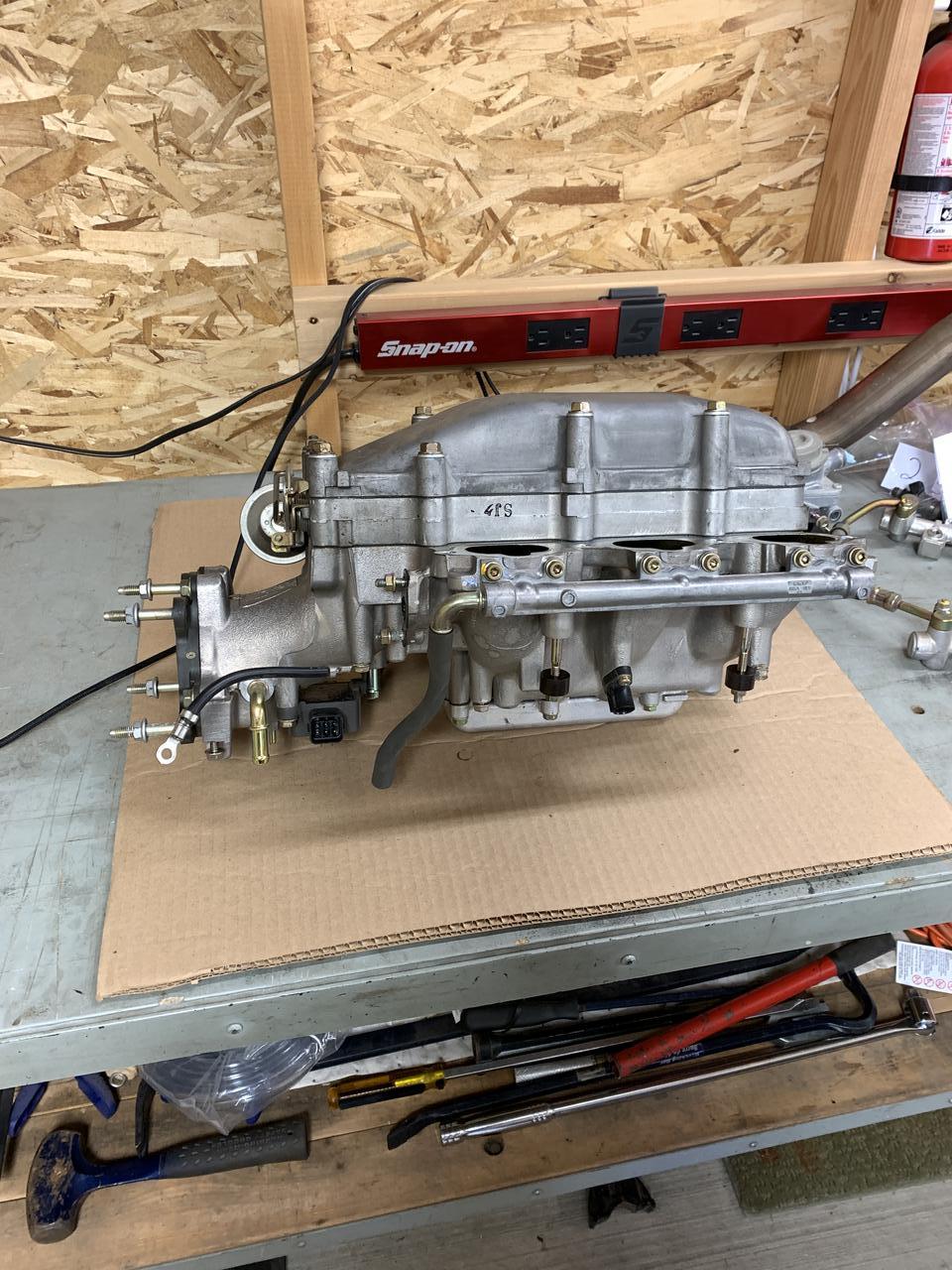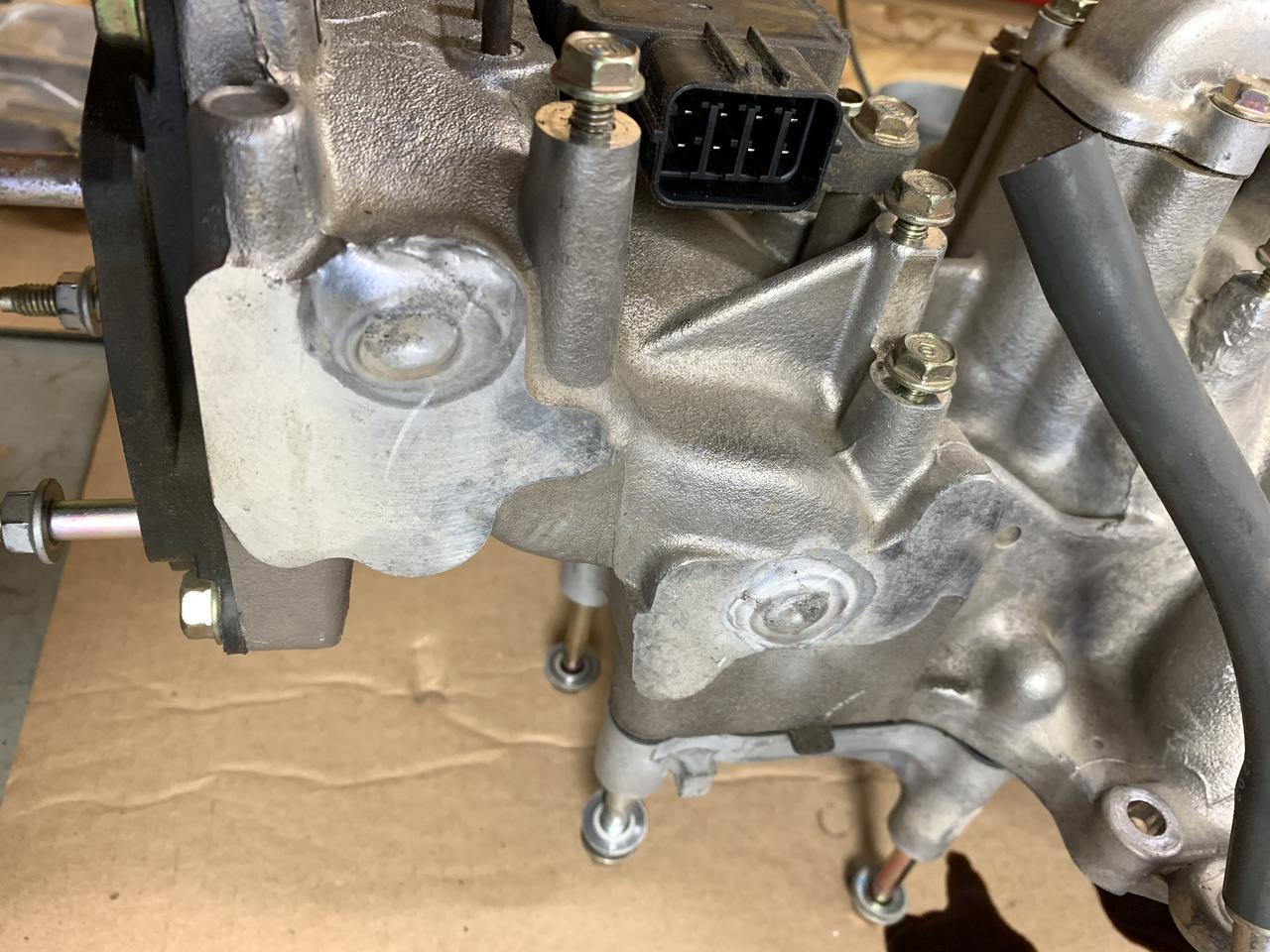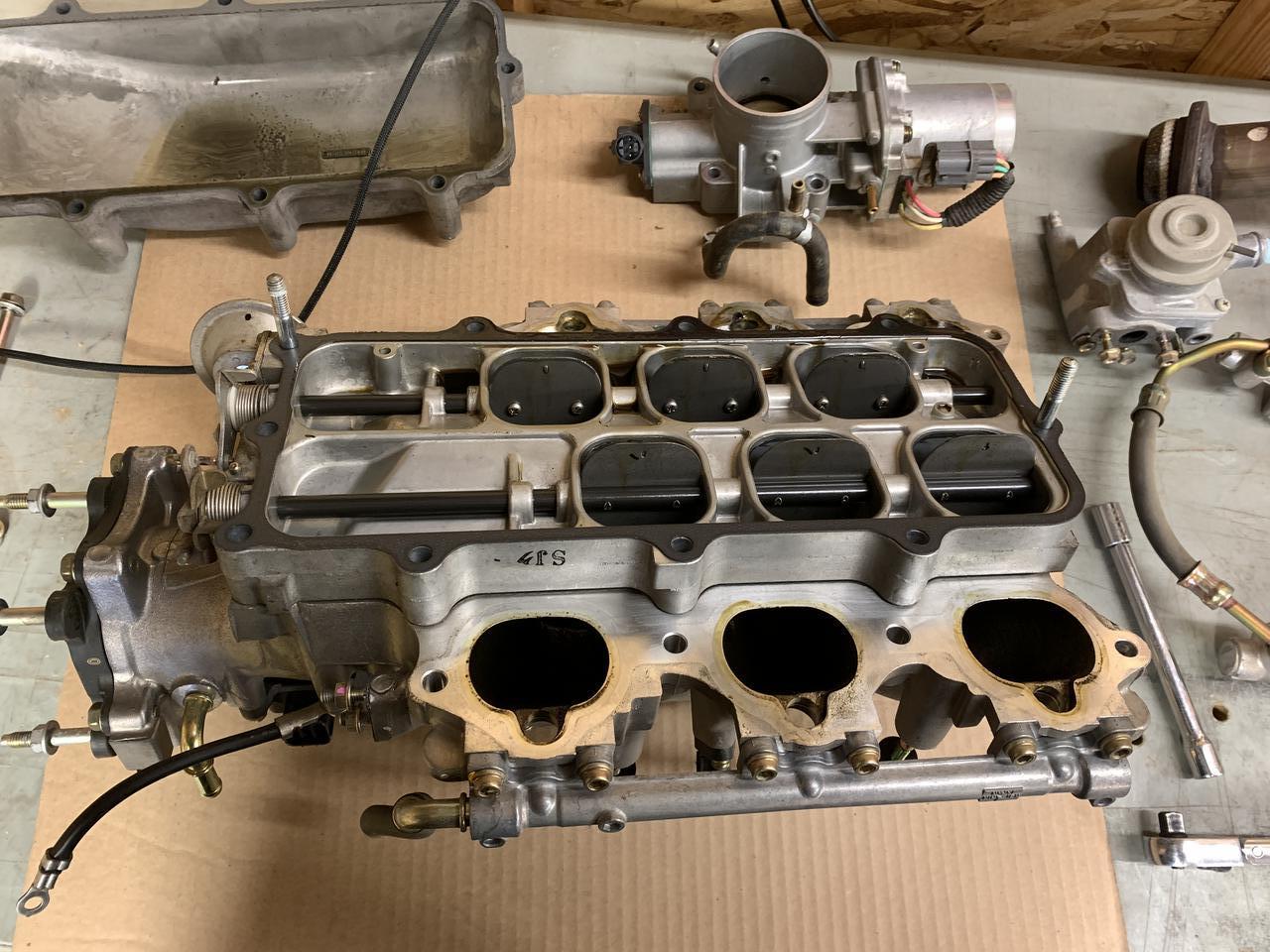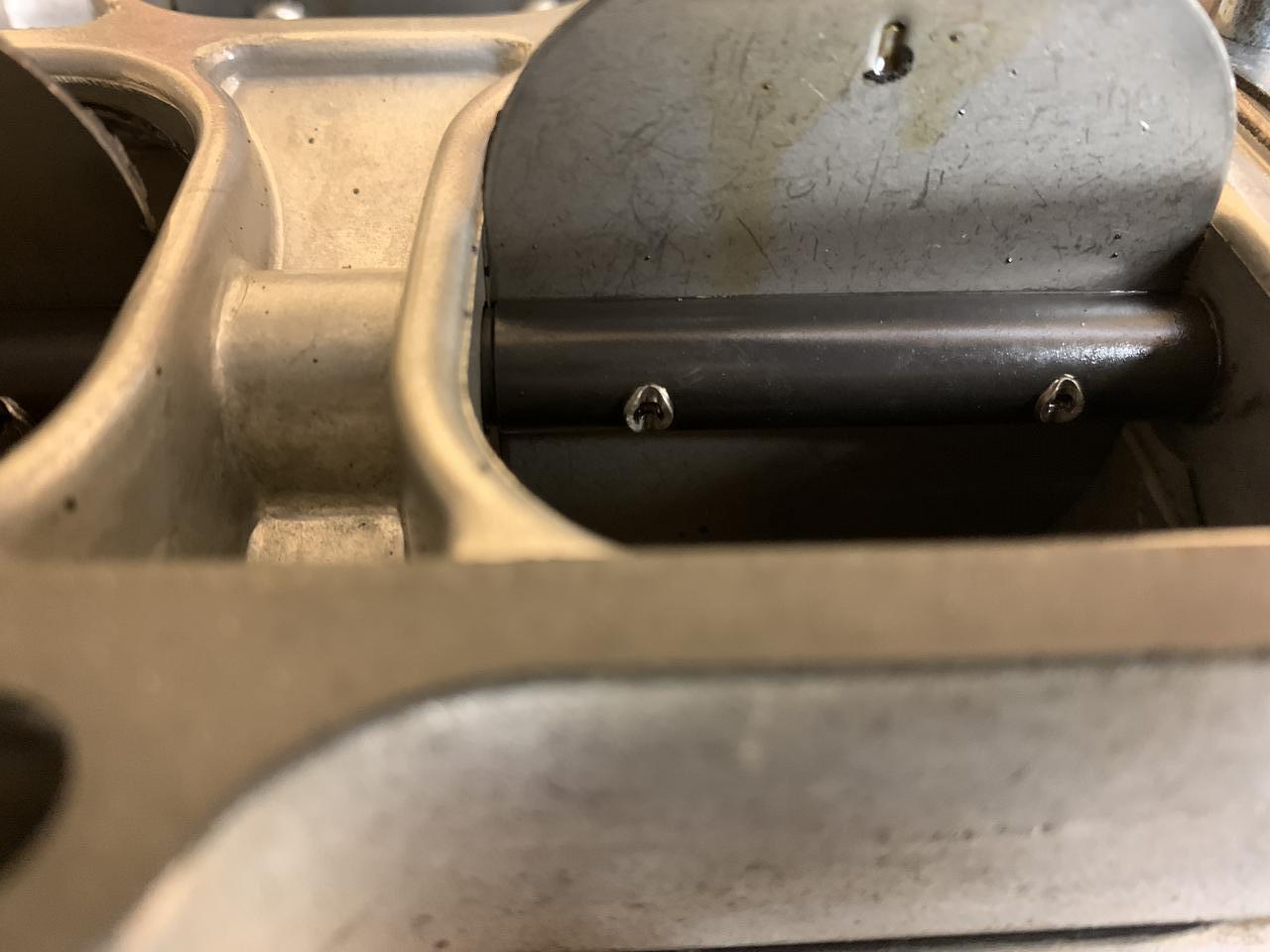I did this over the weekend. It took me about 6-7 hours. I am an "okay" weekend wrencher and took my time and also changed the fuel filter and tidied things up. Biggest unexpected time sucks were changing the fuel filter and scraping the old gasket off of the vvis plate as mine was quite crusted on. It also takes quite a bit of time to remove and reinstall every butterfly screw. Your forearm will get a good workout.

Removing the injector plugs also took more time than expected, but after figuring out the first one, the rest went pretty quickly. I think Chris quoted 2-3 hours and that's about right IMO.
The only tips I have would be
1) if you can get the injector plugs off, you don't have to remove the injectors or fuel rail at all. This would save time and money if your injector seals are fresh. I was changing out my injector seals anyways and removing the rail and injectors first made it easier to unplug the 2 injectors closest to the crank pulley
2) If you remove the butterfly screws all the way, there is pretty much no way to get it back in without cross threading it which means you risk having the screw head strip. The process I used was to back out the screw about 3/4 and then put the loctite (I used loctite 680) into the back side (hole) and also on the exposed threads. Then screwed it back down. That sped things up a lot and removed the risk of stripping the screw head.
Here are some pics of the job.
Under side of the IM. This is a good idea to "blow" out the small vacuum rails using some brake cleaner.
This pic shows the butterflies. The screw that is extended is what I call "3/4" and is how far I would unscrew them before putting loctite on the threads and in the hole on the back side.
I think you can figure out what this is:
Once you have the IM off, you can see why those two gaskets are big money. It looks to be a phenolic gasket with a rubber and metal ring around each port.
My Parts list:
- 18721-PR7-A01 x 1
EGR gasket (I only removed one side of the tube - left the side attached to the IM as shown in the pic).
- 90428-PD6-003 x 4
fuel line banjo washers. You can get away with only 2 and leave the line that connects the two fuel rails together, but if you're taking the injectors out to change the seal I would recommend buying 4 and separating the two rails
- 17141-PR7-A01 x 1
IM gasket between the VVIS plate and IM
- 17142-PR7-A01 x 1
IM gasket between the VVIS plate and chamber
optional - injector seals all of them. They're around $60 a set.
optional - 2 x IM gaskets (between head and IM). They're $60 a pop and you need two. I opted to reuse them even though the manual says to replace. After seeing the condition of mine, I would reuse them again.
I will also mention that I recently changed all of my coolant hoses. This R&R would be a lot less fun with crusty old coolant lines. I want to say 6 or so coolant lines were removed and about 1/2 gallon of coolant. A rebleed of the system wasn't necessary. I did open the bleeders after reassembly and refilling with coolant, but no air bubbles flowed out nor did the engine "drink" more fluid after the coolant was re-added.
Some more notes - I turned every screw on my '95 manifold (this is the one that had a loose plate and 2 screws that fell off) and they took quite a bit less torque to bust them loose compared to my '91 manifold. Even the ones that had not turned yet and were still aligned properly. My '91 manifold was fine - all of the screws were tight and I doubt they would have loosened on their own. I have no doubts the loctite is plenty strong enough to hold the screw after feeling the amount of torque required to remove the screws. I am also happy to report that I found the "missing screw" that I had assumed my motor had eaten and survived. The middle section of both screws that fell out were worn smooth, so the swedgeing held on for quite some time while the screws slowly worked their way out.
[edit] I also put some of the wicking loctite (290) on the TB butterfly screws just because it sounded like a good idea when another primer mentioned using it on TB's






